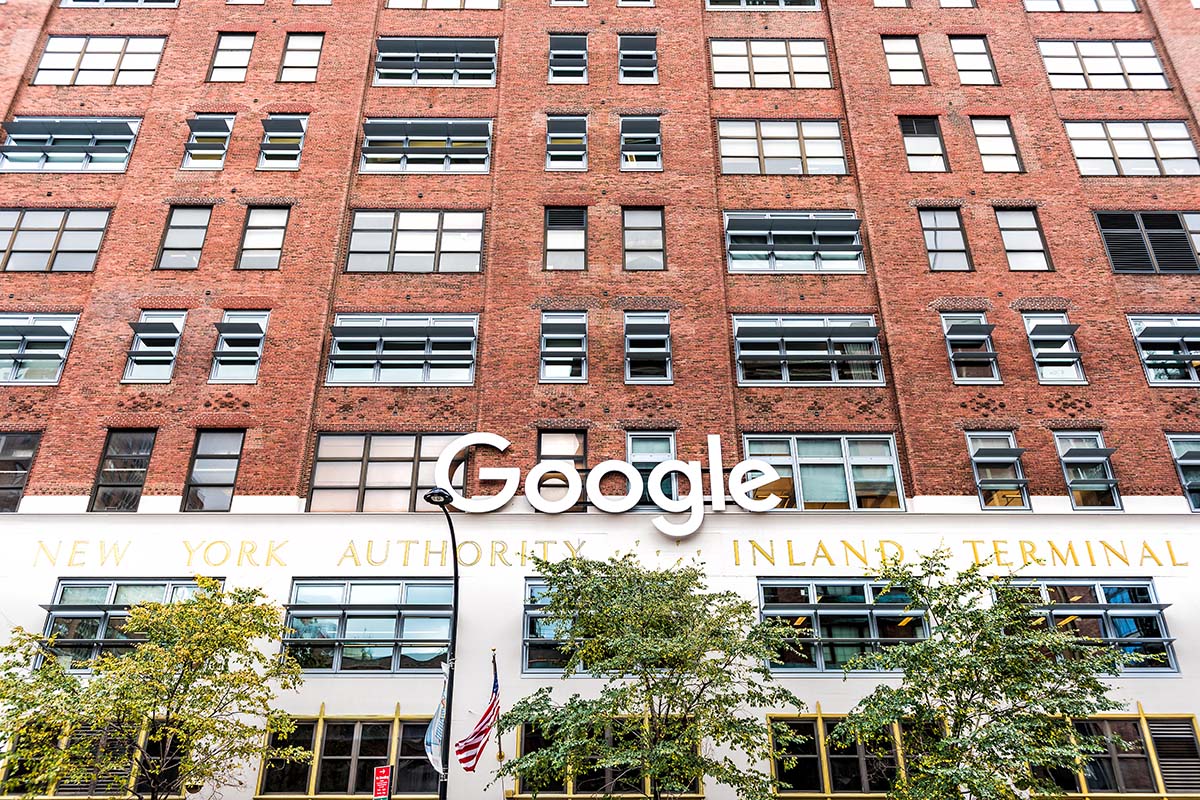We’ve previously explained how to maintain and manage your business’ relationship with influencers. This time we’re going to look at how you can work successfully with your marketing team, like the one at Rosewood Marketing. They work closely alongside your business to create meaningful and impactful marketing campaigns. It is an active and long-term relationship, and a marketing team will require consistent collaboration from other parts of your business. You will want to follow certain practices that ensure their optimal performance. After all, their success is also yours. Here’s how to successfully work with your marketing team.
Regular and Clear Communication
Every relationship relies on clear and consistent communication, and it’s no less true for successfully working with your marketing team. Maintain a steady dialogue so that you keep each other updated. Inform your marketing team as early as possible with all the pertinent details about new products or new services, collaborations with other companies, attendances at public events, etc. This is invaluable information about your business’ work, and your marketing team can only plan around them if they receive this information early. At the same time, marketing can move fast, so it’s also beneficial if they can ask pertinent questions and have them answered promptly to jump on a sudden trend. In turn, they can update your business in a timely manner and can provide updates with regular performance reports and analytics.
Have and Update Your Goals
Your marketing team will create, handle, and communicate any plans they make to accomplish your business’ marketing goals. However, you and your business need to first set those goals. Ask yourself some questions. What do you hope marketing will accomplish for your business? Do you want to increase discoverability or advertise certain products? Are there aspects of your business you want to highlight or receive more attention? The answers to those questions will help provide the basis for a marketing team to start planning. Remember to continue asking these questions, so that you can regularly communicate new or revised goals to your marketing team.
Listen to Your Marketing Team
With clear communication and these goals set, your marketing team can help identify the best and optimal channels to accomplish them and start formulating plans and timelines. To work successfully with your marketing team, listen to their input and feedback. They will develop clear objectives from your goals and define key performance indexes (KPIs) for tracking progress. They will be able to tell you whether online advertising, social media, or search engine optimization will be most effective, along with the best practices. Your marketing team may refine or revise your goals based on their own professional experience or identify certain communication and information as necessary. Similarly, their reports will include insightful analysis that explains and interprets the various statistics.
All of this is valuable information, so listen. Just as your marketing team will rely on your knowledge about your business and industry, you rely on their expertise and knowledge about marketing. They are experts in communication channels, tools, and methods. They understand what the general public and more specifically your community wants, expects, and needs to see. Your marketing team will use that expertise to produce effective marketing, introduce you to unfamiliar concepts, and guide you through any new processes. Your marketing team is just as invested in its success, so heeding their insight is essential to successfully working with them.
Provide Them with Materials
The best marketing content has real depictions of your business. People love to see authenticity at work. Stock photography is convenient and has its uses, but the strongest and most successful marketing has images and videos of your business, its products, and team. Unfortunately, your marketing team cannot always be present to capture such content. Thankfully, most people today have phones with great cameras sitting in their pockets. Take pictures and record videos of your business operating when the opportunity arises. We recommend creating a cloud drive such as Google Drive or Dropbox where you can regularly upload the materials for your marketing team to access. Not everything might be a perfect asset for your marketing team, but regularly providing them with those materials will give them a treasury for creating some truly outstanding and special marketing. If you want some more professional materials, consider getting professional photography and videography of your business and brand.
There are myriad other materials that can help your marketing team be successful. Branding materials from companies whose products you carry are high quality and valuable. Has your business received thank you messages? Those are fantastic testimonials for your marketing team to advertise. If you’re not sure what materials might be useful and your marketing team has, it is best to ask. Your marketing team will happily inform you of the kinds of materials that can help them be more successful.
A Critical Part of Your Business
Following these best practices is critical to successfully working with your marketing team. Steady communication, clear and definitive goals, space for input, and a regular supply of materials will provide them the basis to help your business grow. Your marketing team is a critical component of your business, and like any organ, it needs to work together with the others to ensure the body’s, in this case your business’, health and success. If you are ready to start meeting your marketing goals, contact Rosewood today.



